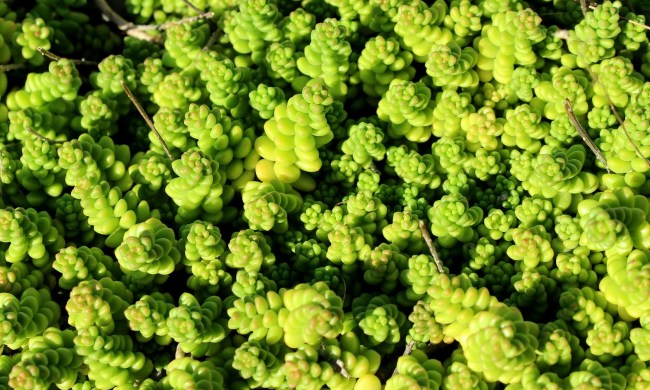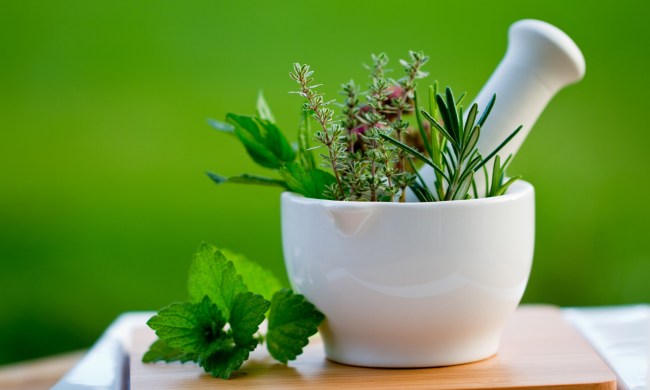It’s moving day! You’ve got all your belongings packed up, the movers are on the way, or maybe you’re loading up your best friend’s car to do the job instead. Finally, all that is left are your houseplants. Do you load them up in the back and hope for the best? Should they sit in someone’s lap for the drive to their new house? How can you counteract the stress of changing environments? If this scenario sounds like something you have coming up in your future, then keep reading! Here’s your simple guide to moving your houseplants into a new home, and helping them survive the transition.
For short distances
If you’re only moving a short distance away, say an hour or less, this process is fairly easy. Small plants can ride in someone’s lap, if available, or tucked into a cardboard box and buckled into a seat if you have space. Larger plants can be fitted between seats on the floor. Just be sure that any boxes nearby are secured so they won’t fall over.
You may want to cover the bottom of the pot or box with a bag to catch any dirt that spills. For short car rides, you don’t need to put too much effort into preparing them and can skip ahead to our section on settling them into their new home.
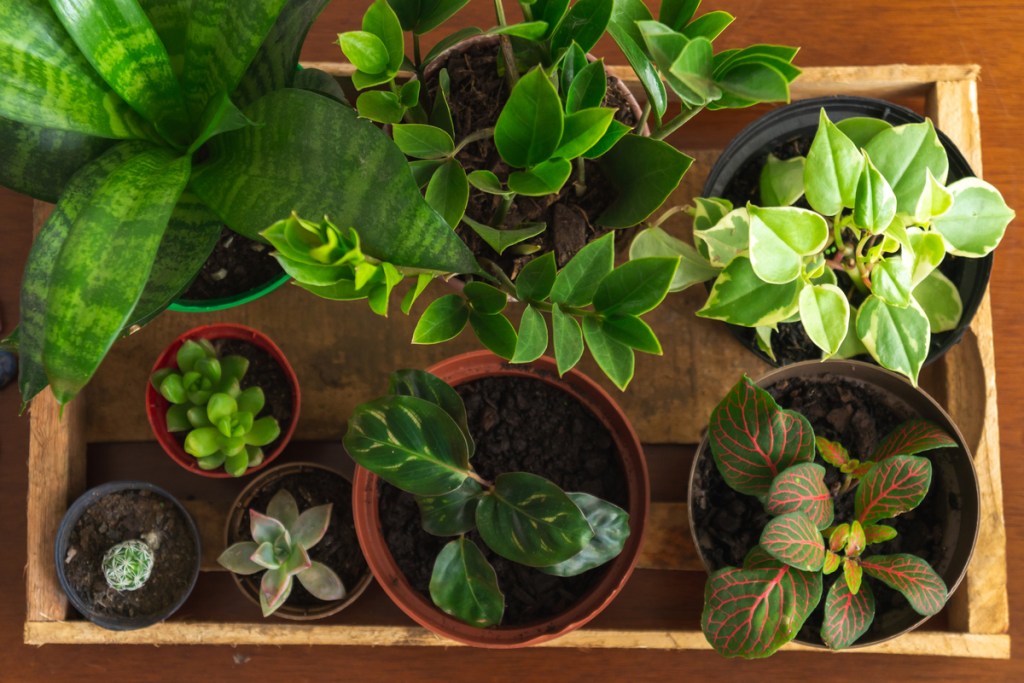
Preparing them for longer distances
Before you move, there are certain things you should do to help your plants have a safe and healthy journey. Water your plants a few days before moving, not on the day of the move. You want them to have water for the trip to limit stress, but having too much water while moving them can cause more stress, for the plant and for you, as wet soil is heavier and harder to clean in the event of a spill.
If you can, make sure the home you’re moving them to has the same, or at least similar, temperatures, levels of humidity, and try to decide where the plants will go before you get them there. Moving your plants from window to window while you rearrange rooms, or leaving them sitting off to the side among a pile of boxes while you figure out where they would fit best, only prolongs the stress.
Make sure they’re not carrying any pests before the move. Aside from the obvious reason that having bugs in your car or new home is unpleasant, stress lowers the natural defenses plants have, leaving them more vulnerable to pests. This is especially important if you’re moving to a new state or country. The insects on your plant could be an invasive species where you’re moving. A day or two before leaving, give your plant a dose of your preferred pest control method, whether that’s neem oil, pyrethrin, or an insecticidal soap.
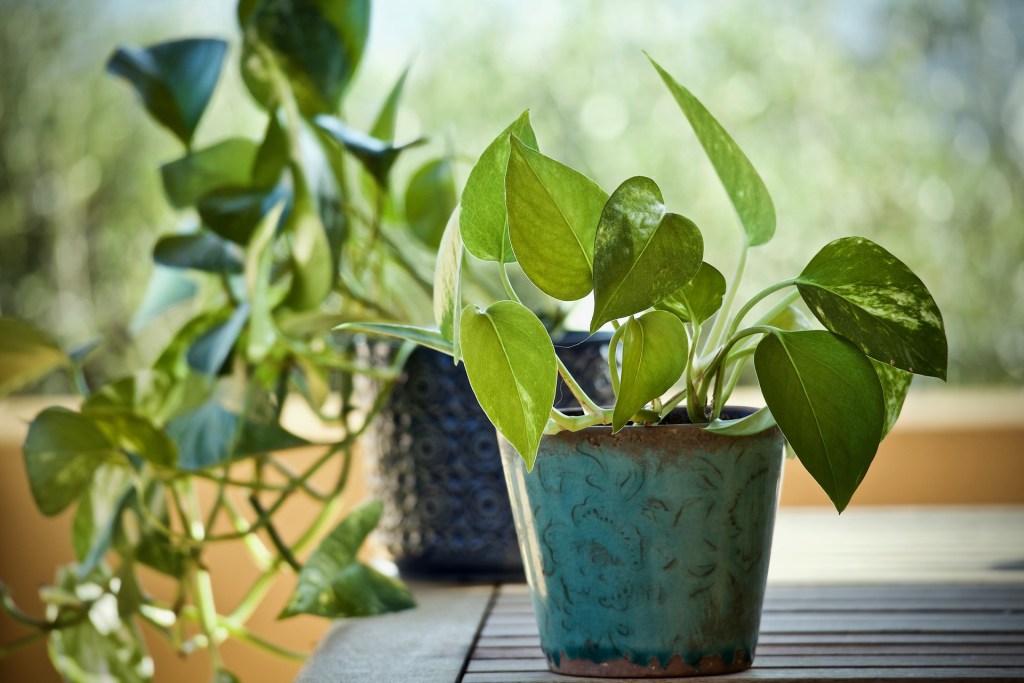
Transporting plants longer distances
There are a few ways you can transport plants. Taking them in the car with you is the easiest and most reliable way, but it isn’t the only option. If you are taking them in your car, place them in a cardboard box with the bottom lined with garbage bags to keep dirt off of your seats. Make sure they, and any other items around them, are secure.
Sometimes, taking them in your car may not be an option, though. In that case, a moving van or the mail may be a better option. Not all moving companies allow plants, so be sure to read a company’s policies thoroughly or call and ask in advance. If you’ve hired movers that allow plants, the movers will likely take care of everything. To make their job a little easier, be sure the bottom of the pot is sealed against spill and leaks, and make sure that the pot isn’t prone to tipping over. Top-heavy plants may need a counterbalance at the base of the pot, and plants in pots that are fragile should be repotted before moving. Repot them at least a week before moving, though, to avoid clumping all the stressful events close together.
If you are mailing your plants, read through the policies of the company you are using to mail them. Policies vary by company, but two common ones are limits on the types or sizes of plants and a thorough check for pests before shipping.
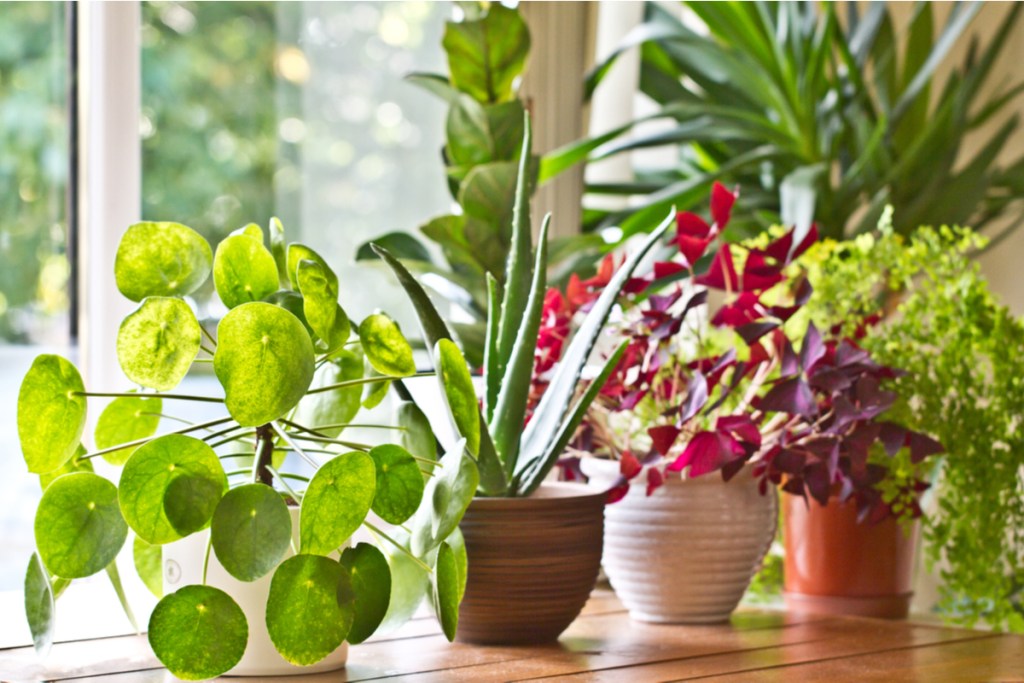
Settling them into their new home
Hopefully you’ve been able to ensure that the temperature and humidity levels of your new home match the ones of your old home. However, if you haven’t been able to, adjust them as soon as possible to avoid shocking or stressing your plants. Find a place for them that closely matches the amount of light they were getting previously. Try to avoid moving them around too much until they’ve had time to settle and destress.
Keep a close eye on your plants for signs of damage and disease after moving. Much like people, stress makes plants vulnerable to disease and pests. At the first sign of trouble, act quickly to identify and treat the problem, as leaving it alone for too long may only worsen it.
Moving can be stressful for everyone involved, and that includes your plants. Thankfully, you now know how to cut down on the stress your plants suffer during a move. Just remember to be gentle with them, safeguard against spills, and try to keep their environment as similar as possible. Most importantly, keep a careful watch for diseases or damage after you move them!

